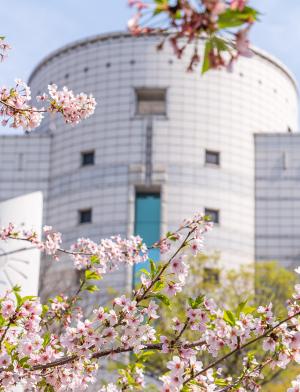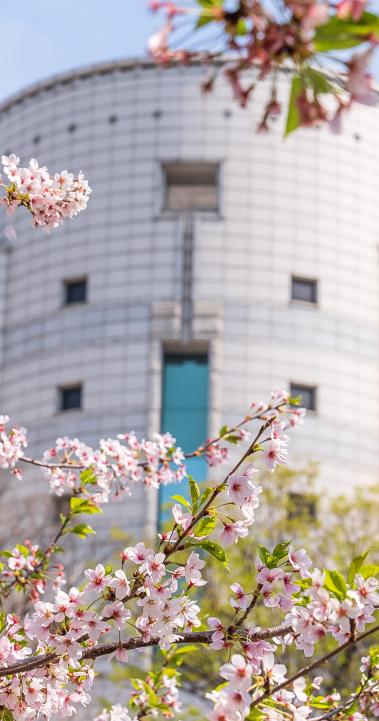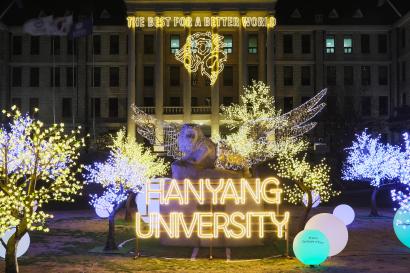All About South Korea's K-Pop
K-pop is an entertainment phenomenon defined by its memorable tunes, high production values, visually breathtaking choreography, and a diverse group of gifted performers. Studying abroad at Hanyang University in Seoul, Korea, will allow you to see the fad in action.
K-pop, an abbreviation for “Korean Pop," emerged in South Korea and incorporates Korean and Western music elements. This genre often features "idol" singers who industry companies train to become pop stars. The style has grown trendy worldwide thanks to its active online fan communities and infectious attributes.
Background and Development
Artists such as Seo Taiji and Boys were trailblazers in the early 1990s when K-Pop first developed, fusing various musical influences. With an emphasis on memorable melodies and hooks, K-pop combines elements of traditional Korean music with Western influences in pop, hip-hop, R&B, jazz, funk, soul, and electronic dance music. An integral aspect of K-pop is the music video, often characterized by high production values, eye-catching visuals, and intricate plots.
Idol Program
The "idol" system is fundamental to Korean pop music; aspiring singers prepare for their debut by providing rigorous training in vocal, dance, and performance techniques. Entertainment firms handpick prospective pop stars, sometimes as young as 10 or 12, to participate in rigorous, on-site training programs and special schools.
To discover fresh talent, they undergo media training, study dance, partner with voice coaches, and practice singing live, sometimes recording and uploading their performances. The agencies note the prospective singers' traits, vocal ranges, and stage presence before categorizing them. Trainees might spend years in the program preparing for group assignments and improving their abilities in that time.
An estimated 50–100 K-pop groups make their debut each year, but only a small fraction of them manage to sustain themselves for more than a couple of years. It is a huge accomplishment for a K-pop group to remain together until their seven-year anniversary (the typical duration of a K-pop contract) since even the most successful groups break up after a few years.
NCT (short for Neo Culture Technology) is one of the largest K-pop groups, with an incredible 23 members. However, the average number of idols in a K-pop act is between four and seven. To provide K-pop fans with a wide range of idols to root for, K-pop groups usually have many members.
Culture of Fans
Known as "K-Pop stans," followers of K-Pop are very devoted to their favorite musicians and often interact with them via various online channels, fan groups, and social media initiatives. If you're a Korean pop music fan, you can enter the Seoul atmosphere by visiting K-Pop Square and K-Pop Road. These two locations offer fans a chance to take pictures with photo ops and see their favorite star represented out in these public areas.
The stars also often appear on various reality programs, giving viewers a glimpse of the stars in a more relaxed light.
If you're eager to explore the fascinating realm of Korean music culture and experience K-pop firsthand, Hanyang University in Seoul is the ideal destination. Schedule a consultation with an SAF counselor to learn more about opportunities to study in Korea.










